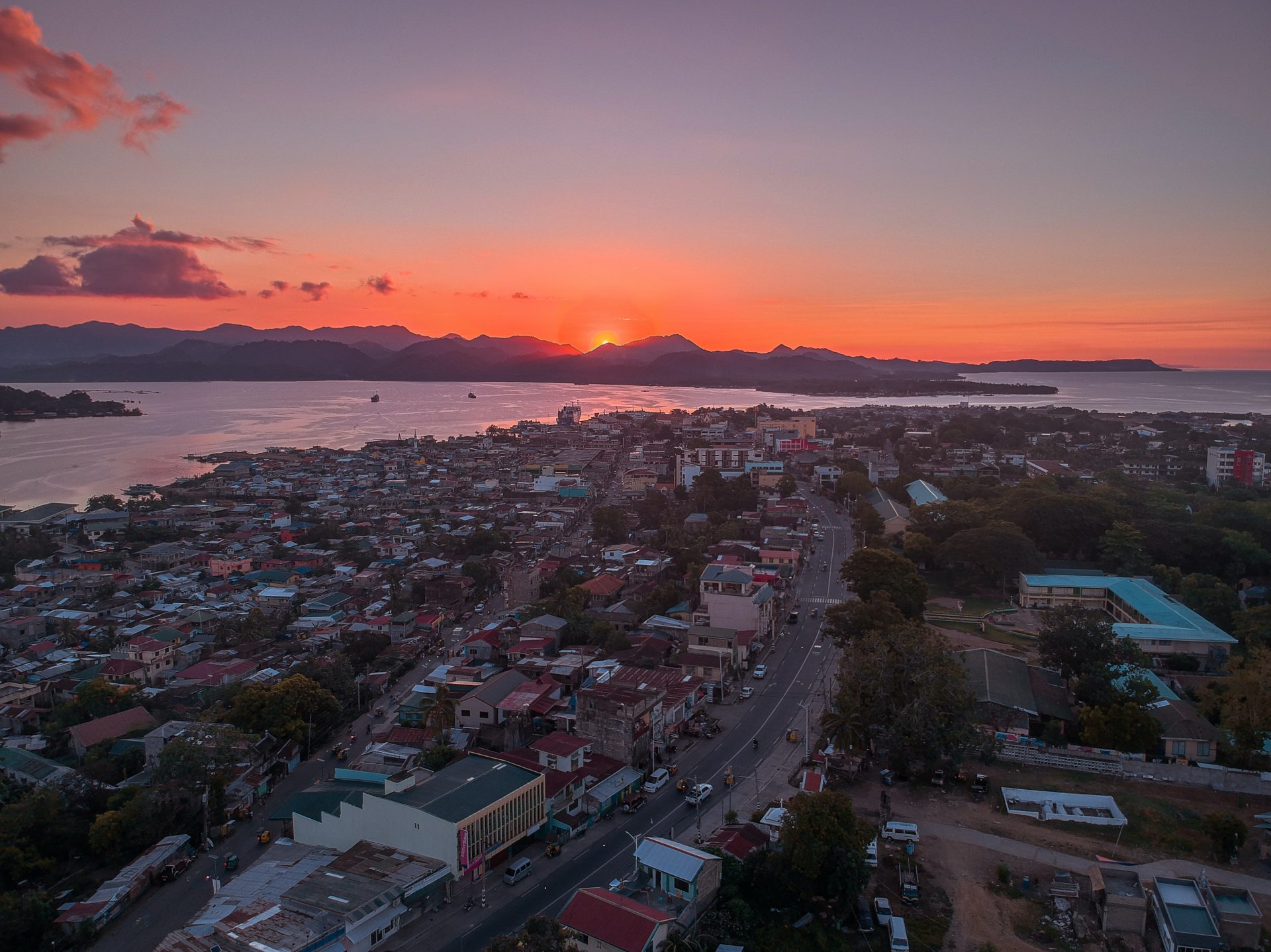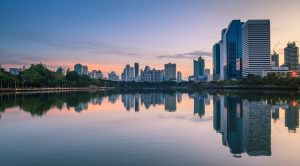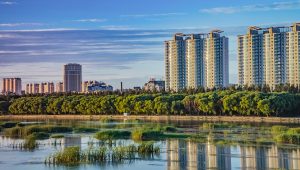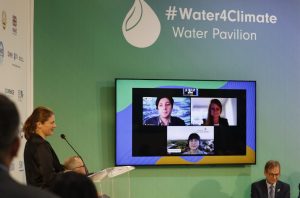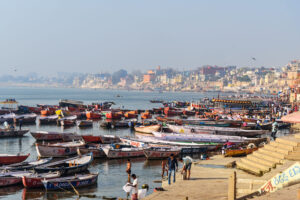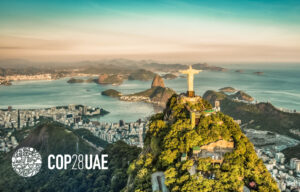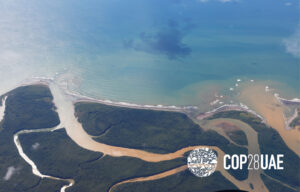Two new guides for climate-smart cities
“How cities grow and how they manage water has an enormous impact on ecosystems and our ability to mitigate climate change.”
Building urban resilience
While there is growing understanding of the interconnectedness of cities with the water, land and seascapes that surround them, such coordination remains very rare. Another new policy brief from SIWI, Building urban resilience through strategic and environmental planning from source to sea presents a way forward for incorporating source-to-sea perspectives in urban and regional planning.
“Our current forms of governance don’t take these upstream-downstream connections into account, and that means that decisions are made in an isolated, piecemeal way. Local authorities face many challenges that stem from sources outside of their own jurisdiction and boundaries. To counter this, we need new forms of governance that facilitate coordination between institutions and stakeholders, recognizing upstream–downstream linkages. The source-to-sea approach has been developed to support the multi-stakeholder and cross-sectoral collaboration needed for governance that benefits the whole source-to-sea system,” says SIWI’s Ruth Mathews.
She is an expert in source-to-sea management, one of the most promising solutions to the problem of fragmented governance. Together with her colleague José Murillo, Ruth has long advocated for holistic source-to-sea governance, which is also described as a best-practice example in the report The Essential Drop to Net-Zero: Unpacking Freshwater’s Role in Climate Change Mitigation.
“We need new forms of governance that facilitate coordination between institutions and stakeholders, recognizing upstream–downstream linkages. ”
The inclusion of source-to-sea perspectives in cities’ policies, plans, regulations and investments can help identify and address challenges that cross jurisdictional, geographical, and sectoral boundaries. This results in more efficient and effective use of institutional resources and forms the basis for building urban resilience, as the whole urban area is examined within the context of the larger source-to-sea system, rather than focusing on single sectors, impacts, or segments.
“Cities have a powerful role in addressing the global challenges of climate change, biodiversity loss and pollution. As cities incorporate source-to-sea perspectives in their decision-making and take steps toward climate-smart and water wise governance, we will see a shift from cities draining resources from the ecosystems and communities that surround them, the strengthening resilience across the entire source-to-sea system,” Ruth Mathews says.
10 tips to boost urban resilience
- Ensure that everyone has access to safely managed sanitation.
- Improve wastewater treatment.
- Protect the ecosystems and watersheds that your city’s drinking water comes from, collaborating with surrounding communities. Forests are also important for water recharge and help clean water.
- Make your city spongier by leaving room for parks, ponds and lakes. This boosts access to water, buffers against flooding and can cool city temperatures.
- Limit the use of concrete and other materials that don’t allow water to pass through.
- Restore and protect wetlands and coastal ecosystems, such as mangroves and salt marshes, which are some of world’s most effective greenhouse gas sinks.
- Shift to energy production that is fossil free and that does not place too much stress on water resources.
- Support coordination between different sectors and tiers of governments, and cooperation across geographic segments.
- Assess project planning, design, and implementation through the source-to-sea lens.
- Identify and take opportunities to mainstream source-to-sea perspectives across their day-to-day activities, whether in the design and implementation of projects, or inclusion in planning processes, governance frameworks, and investments.
